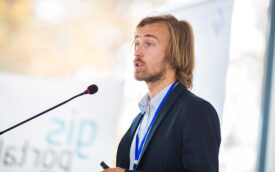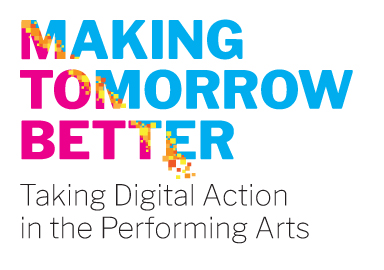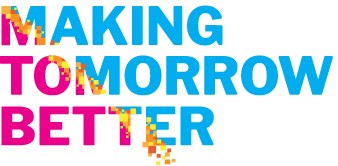Stage Two: Design
Medium Informs Mode
By Jason Guille (Stream of Consciousness), Lynn Feasey (Points North Creative) and Inga Petri (Strategic Moves/ ipetri@strategicmoves.ca), February 2021
For the blended conference to be effective, it needs to be designed with purpose for each medium (in person and online). For example, someone witnessing a hockey game from the arena stands has a totally different experience than someone listening to the live game on the radio. Therefore, organizers must customize the presentation, the commentary, of the event to the medium in which the participant experiences it in order to create an enjoyable event.
Media have different dynamics. Said another way, you could consider each medium (in person vs online) as an individual ‘event’ worthy of individual consideration and often, individual teams / resources / marketing / technology to serve their unique audience.
Your event design needs to reflect your audiences. Are they 90% in the room and 10% online? Or 50/50? Or 30 people in the venue and 10,000 people watching online? These different scenarios demand different approaches in event design. This is not about compromise – it’s about designing an experience for two audiences with different needs.
Rethinking the Conference Equation
There are many elements of an in person event that no longer require much effort from organizers and participants. When will people eat? We schedule breaks. Where will people sit? We put out chairs. How will people meet each other? In the hallway at lunch, at the roundtables seating eight people at a time. In introducing an online audience, we have to take each element of our program and reconsider if and how it needs to be introduced or managed for our new online guests. Here are some examples of “traditional” elements of an in-person event, stacked up against some simple virtual counterparts you could consider for the online participants to engage them in equivalent – not precisely the same – experiences from the start:
| CONFERENCE ELEMENTS | IN PERSON | DIGITAL |
| Conference/ Event Swag | Collect at registration | Mailing a Swag Box / Flat Box before an event, with items that relate to the conference is novel and compelling. |
| Breakout Rooms | Conference rooms, hospitality suite | Breakout sessions, with moderators in each breakout facilitating introductions and conversations. |
| Marketplace | Provided at venue | Virtual Marketplace. Larger online event systems like Hey Summit and SOCIO have embedded marketplace systems. |
| SOCIAL EVENTS | IN PERSON | DIGITAL |
| Sharing a Meal | Provided at venue; recommended restaurants or ‘dine arounds’ | Send recipes, which the participant prepares so they can share the same meal and do some show and tell of their meal. Or an organizer arranges meal delivery to all the participants from local restaurants or caterers. |
| Refreshment Breaks | Scheduled, and provided at venue | Be sure to schedule these in for your online community, too. You can also invite people to connect together in some way. |
| Cocktail Hour | Usually provided at venue | Creating one or multiple online breakout rooms for the participants to gather, meet and mingle or offer entertainment interludes, open mics or videos |
| Entertainment / Showcases | sound, lighting, stage, tech | Live stream or pre-recorded |
Rethinking Production Values
Every single detail of an event’s production needs to be reconsidered, specific to the medium in which it is being delivered. Within this reconsideration, there are new opportunities to engage our audiences that exist in the virtual realm, that didn’t exist in an in person format. Each medium (in person vs online) must independently be a holistic, harmonious experience resulting in an awesome blended event for all.
Due to COVID, digital has become a dominant medium in daily life like never before. The era of video-based communications and video conferences has been rushed into the mainstream of everyday life. ‘Zoom Fatigue’ has entered the vernacular as ‘pandemic exhaustion’ has taken its toll. In the context of conferences and events, fatigue tends to be generated more due to poor production, uninspiring online presenters and low engagement.
There is much that organizers can do to make the online and in person event a more pleasant, interesting, dynamic, immersive and impressive experience. For the online audience in particular, sufficiently high production quality can make a dramatic difference.
Production quality is simply the quality of the different aspects of the online experience: sound quality, video quality, lighting quality and internet quality (speed). Many online event participants have experienced the quality differences between two online speakers at an event: one who has put some time and energy into their production quality – and one who has not. All other things being equal, we as attendees would much prefer to watch the clearer video, listen to the clearer audio, and enjoy the seamless transmission offered by a fast and stable internet connection.
Designing good or great production quality takes time. It needs to be integrated and considered in the design phase of any event, and the more complex your event the more time you need to spend on the design for production. For added information, visit https://digitalartsnation.ca/digital-playbook/how-to-create-awesome-online-conferences/





